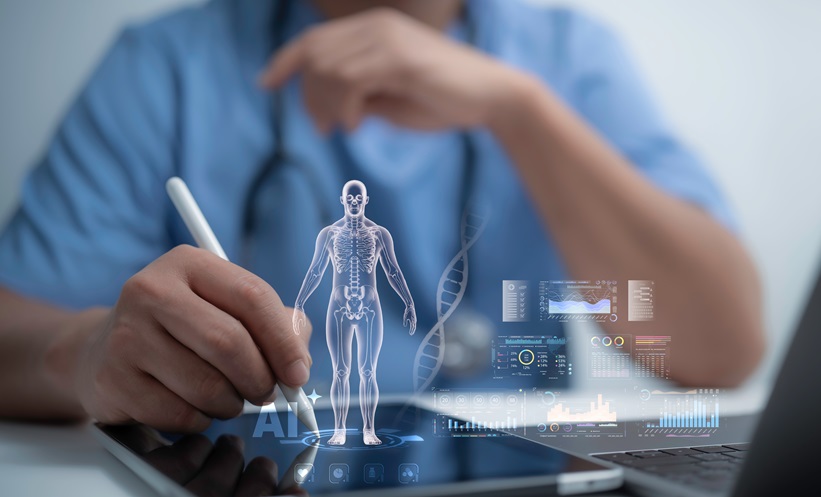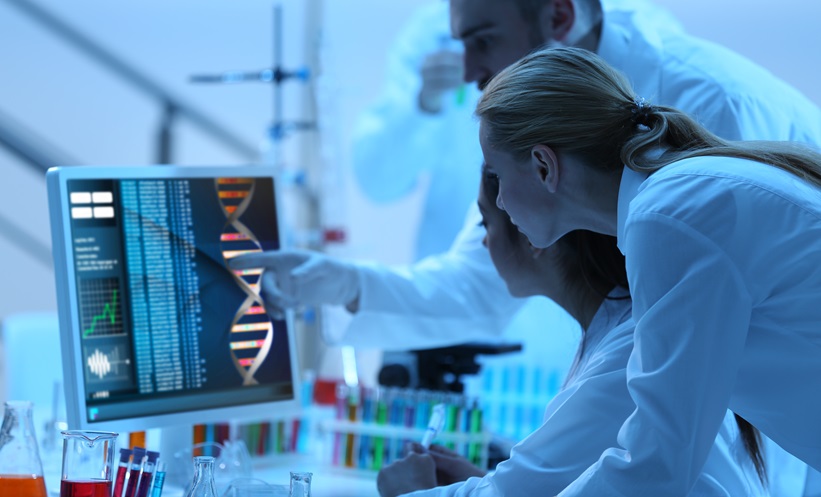INTEGRATED diagnosis is an approach to patient care that combines genomic information and diagnostic imaging to provide clinicians with biological insights into lesions visible on radiologic images. Despite facilitating the detection of several cancers in earlier stages, this field is limited by its frequent use of high-dimensional data, various simplifying model assumptions, and the lack of validation datasets. Although machine learning techniques can overcome these issues and provide accurate predictions of image features from molecular patterns (e.g., gene expression and mutation), this introduces a new challenge: there is no way to determine what the model has learned. For this reason, academics from the University of California, Los Angeles, California, USA, investigated whether deep neural networks could represent associations between gene expression, histology types, and radiomic image features.
Initially, the ability of deep feed–forward neural networks to independently predict 101 CT radiomic features and two clinical traits (histology and stage) was evaluated using a transcriptome of over 21,700 gene expressions in a training dataset of 262 patients. Next, the researchers tested the generalisability of their neural network models in an independent validation dataset of 89 patients. Lastly, a model interrogation method known as gene masking was used to derive the learned associations between subsets of genes and the type of lung cancer.
The overall performance of neural networks at representing these datasets was shown to be better than other classifiers. Furthermore, gene masking found that the prediction of each radiomic feature was associated with a unique gene expression profile governed by different biological processes.
William Hsu, Associate Professor of Radiological Sciences at the University of California, Los Angeles (UCLA), USA, outlined the key conclusions and wider relevance of the findings: “While radiogenomic associations have previously been shown to accurately risk stratify patients, we are excited by the prospect that our model can better identify and understand the significance of these associations. We hope this approach increases the radiologist’s confidence in assessing the type of lung cancer seen on a CT scan.” Such information would be highly beneficial in developing personalised treatment plans.








